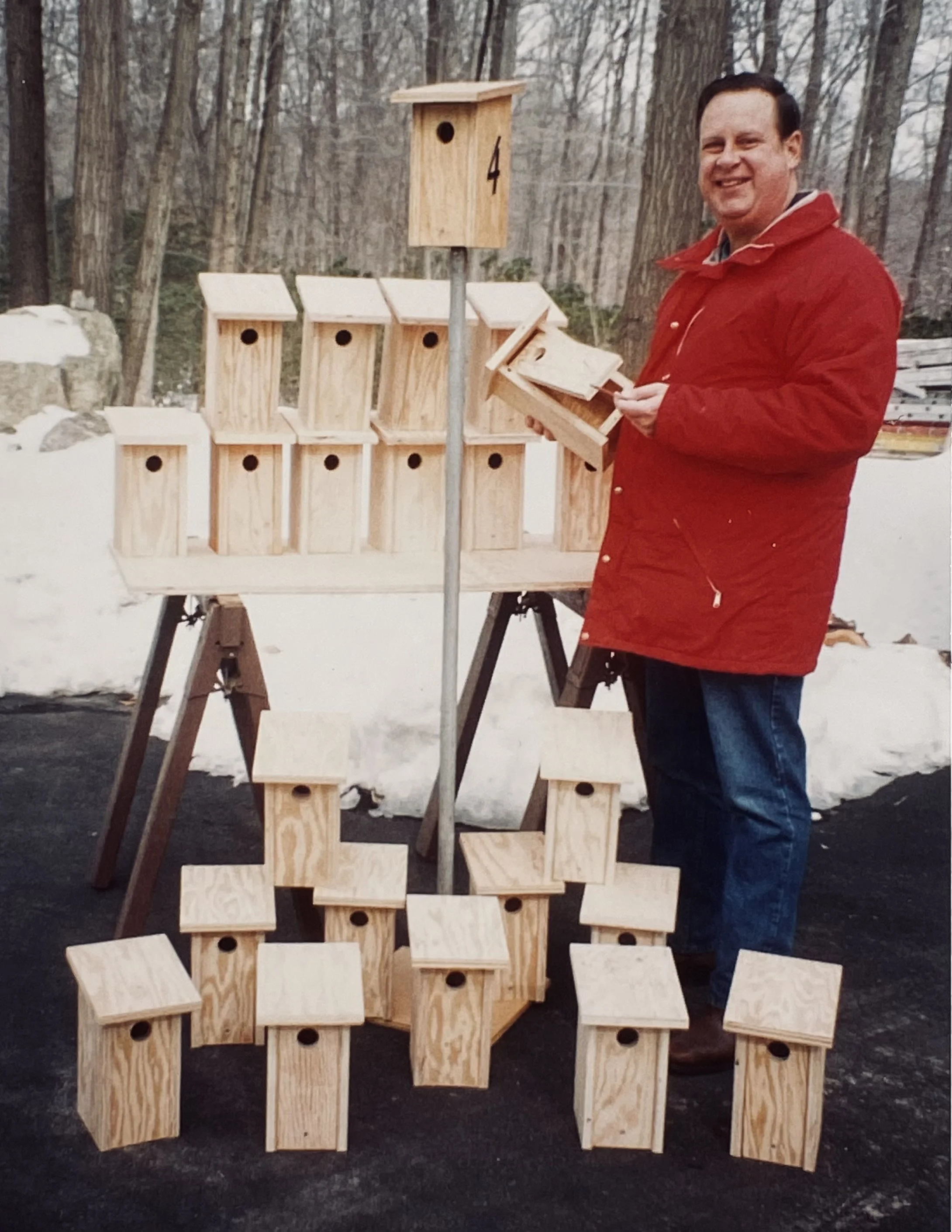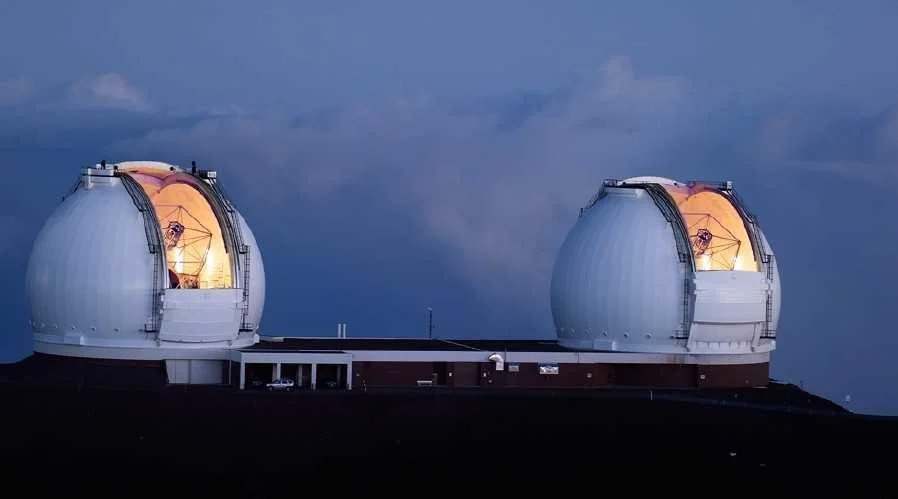Space Telescope (2008)
Rocky,
Hubble Space Telescope Website
I see what you mean about looking for information about the Hubble Space Telescope ... either too much information or really simple stuff. However, I think this NASA site has some potential to be educational and fun.
First try the "Image Tours>>" section on the upper right side of the opening page. If you pick an image that catches your imagination, they will give you a brief explanation of some of its key features.
The Hubble ... a Non-Folding Space Telescope, Launched in One Piece
As we discussed on the phone the other night, the Hubble Space Telescope is just a big version of telescopes that you are familiar with. It is a long metal tube with mirrors and lenses that gathers as much light as it can, magnifies the image and focuses it on a camera. The larger the primary mirror any telescope has the more light it can gather and the fainter objects it can see and the farther away it can detect and image stars and planets. The Hubble could only be as large as the cargo bay of the Space Shuttle, the only way to get it into orbit around the Earth. Although it is still about as big as a school bus, its primary mirror is only three meters across. It could lay flat on the floor of your living room.
The Webb ... A Folding Mirror Design that Opens Up on Orbit
A bigger space telescope can be constructed by having its mirror fold up and unfold, just like the petals of a flower. Collapsed, the example below would fit into the Space Shuttle during launch. Once on orbit, it would open to be 5 meters across. Below that is a smaller sketch of the Webb Space Telescope which is now under construction by NASA to replace the Hubble Space Telescope. It has an even bigger folding mirror with more "petals." The big purple object is a Sun shield that keeps the telescope in a dark shadow so it can see the stars. The Webb will not be launched until 2013, but it will feature a 6.5 meter mirror. That would require your whole back yard to lay it flat in.
The SST ... A Structureless Space Telescope that Is Assembled in Orbit from a Kit
The space telescope that I am working on is called the Structureless Space Telescope. My drawing below shows all the parts. It takes advantage of the fact that when you are in orbit around the Earth, objects can float about as if weightless. You may have seen astronauts drifting in the Space Shuttle and letting pencils, droplets of water and other things float "weightlessly" about in front of their faces. The Structureless Space Telescope will have no metal tube or big support arms to hold its pieces together. They will arrive from Earth in the nose of a rocket as a big "kit." Then all the pieces will be carefully arranged exactly where they are needed to become a telescope. They will float there, being gently nudged into precisely the right positions by lasers (yellow dots) if they try to drift out of alignment.
The primary mirror (the cluster of white dots) is actually an array of 92 mirrors moving in close formation (like a school of fish). Each of these is 2 meters across. All together they reflect as much light as a 30 meter mirror would. But a single 30 meter mirror could never fit into Space Shuttle or any rocket. The red arrows show light coming from South America (here we see the telescope looking at Earth instead of other planets or stars) and bouncing off the primary array of mirrors. It then bounces twice more before ending up in a spacecraft which holds the camera to record pictures and a TV broadcast antenna to send them down to the Earth for us to see.
The orange object in the drawing is a Sun shield that keeps the mirrors in the dark.
To get an idea of the size, remember that the Hubble Space Telescope has a 3 meter mirror. This one is ten times as big. Your whole house would fit inside a circle that big.
Structureless Space Telescope - 30 meter mirror array
Rocky, I am delighted that you are interested in the project I have been working on. While it seems amazing that you could build something in orbit that big and complicated, just think what you could build with blocks in your living room if nothing ever fell down. Every block would stay right where you put it ... even if nothing was there to hold it up. Of course, on the SST project, we don't have to worry about Leo.
Love Ya!
Paw










